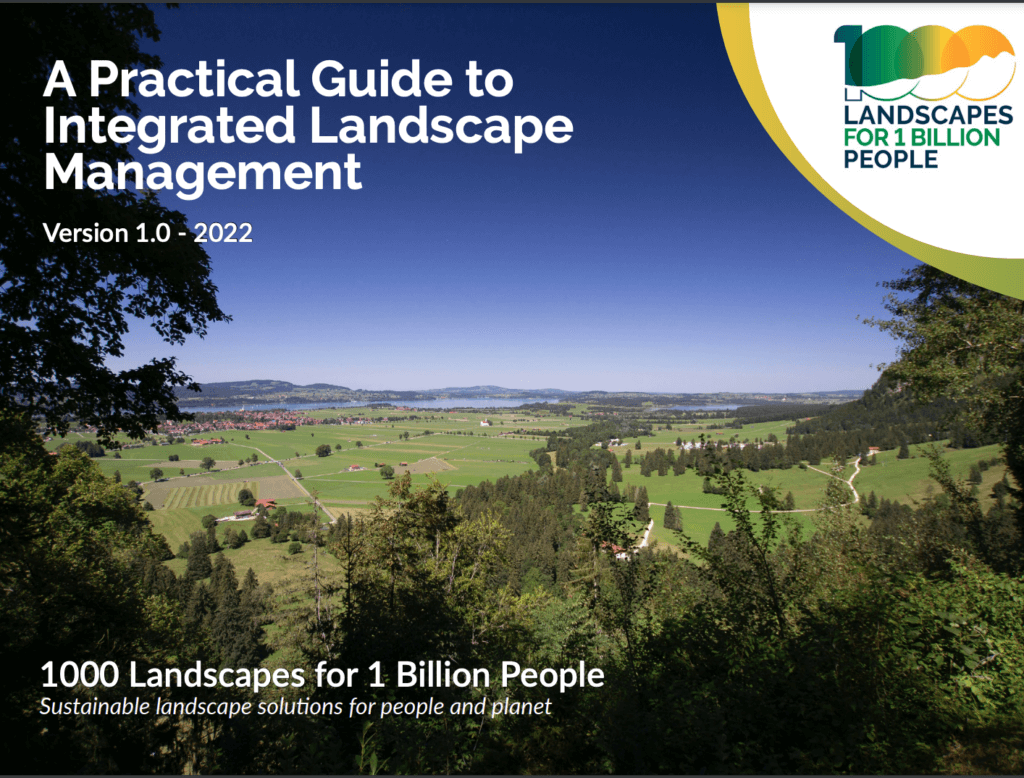For Terraso, 2022 was a year of growth. A year that started with our first public release of software, and ended with feature developments allowing individuals and landscape partnerships to create and share profiles of their communities and ecosystems, find other landscapes with similar concerns, collect and share data and visualize that data on maps. As part of 1000 Landscapes for 1 Billion People, Terraso made a practical interactive guide to best practices in Integrated Landscape Management available on the Terraso website. This guide will help Terraso users confidently implement ILM practices in their work.

This year, we will extend Terraso’s data visualization and storytelling capabilities. These features will enable Terraso users to make more informed decisions, and create interactive narratives to bring their data to life, improving their ability to communicate challenges, impact, and development goals.2023 will also see Terraso broaden our service to landscapes by building soil identification and vegetation monitoring tools. Namely, we will begin rebuilding LandPKS. LandPKS is a suite of tools created by USDA’s Agricultural Resource Service, in cooperation with a large number of partners, that allows users to learn about their land and collect site-specific data. The new version will provide users with greater understanding about their soil and what activities their soil is best suited for, and access to information about soil conservation technologies similar to theirs.
Along with these plans, 2023 will also see a focus on partnership and growth. We believe that deep collaboration is essential to the success of our work and are committed to fostering a culture of empathy, creativity, and innovation, as we welcome new members to our team.
Overall, 2023 is shaping up to be a huge year for Terraso, and we are excited to work with all of you to bring our plans to life!
